London Study Trip 2023

The annual study tour has become the flagship event in the Harrison Steven’s extra-carricular calendar. It brings together a culmination of the knowledge acquired in our monthly CPDs and curiosity in our day-to-day practice and allows us to apply it to some of the most-well renown, and possibly less well known landscape projects in the different corners of the world. This year we were delighted to head down to London to visit a selection of some of the inspiring landscape designs that the city has to offer.
The annual study tour has become a flagship event in the HarrisonSteven’s extra-curricular calendar. It brings together a culmination of the knowledge acquired in our monthly CPDs and curiosity in our day-to-day practice and allows us to apply it to some of the most-well renown, and possibly less well known landscape projects in the different corners of the world. Due to the COVID pandemic, over the last few years the study tour has been a little closer to home than usual. This year we were delighted to head down to London to visit a selection of some of the inspiring landscape designs that the city has to offer.
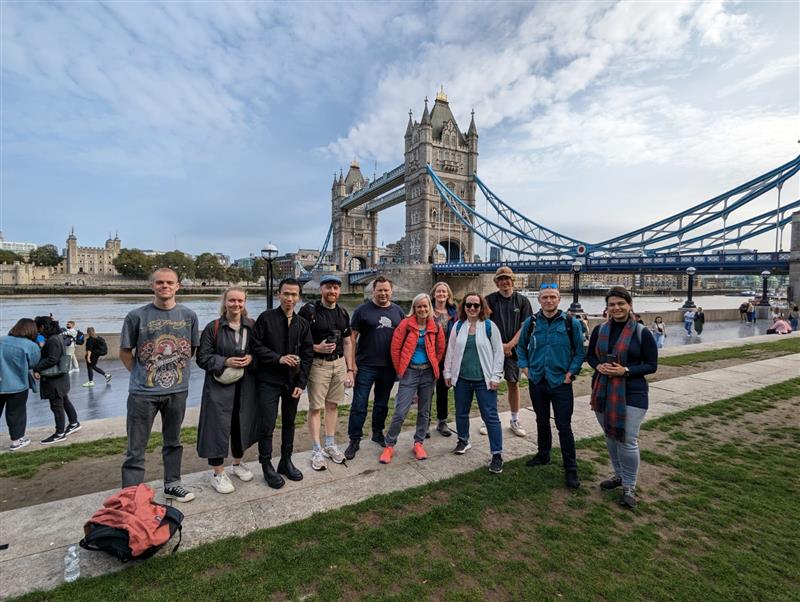
For the first stop of the tour we visited the redevelopment work around Kings Cross which has amounted to an eye-watering £3 Billion in cost. The landscape consists of a variety of smaller designs and parks within the redevelopment program including Bagley’s Walk, Granary Square, Handyside Gardens, and the Gasholder Park to name a few. The contrast between the open plan and more intimate designed spaces were quite apparent – offering a vast amount of landscape to serve different needs and purposes. The materiality of the redevelopment, from paving to street furniture, planting to lighting, was reflective of the staggering amount of money which has been injected into this landscape – if only there was a bottomless pot of money with every project! After a spot of lunch we moved onto the iconic, and rather eery landscape of the Barbican Centre. It was interesting to see how Nigel Dunnet’s original planting scheme had stood the test of time among the brutalism. The first day ended at Kensington Palace Gardens. In contrast to the previous schemes visited, these historical Gardens provided a breath of fresh air with the vast amount of open green space, something which is often taken for granted in a city centre location.
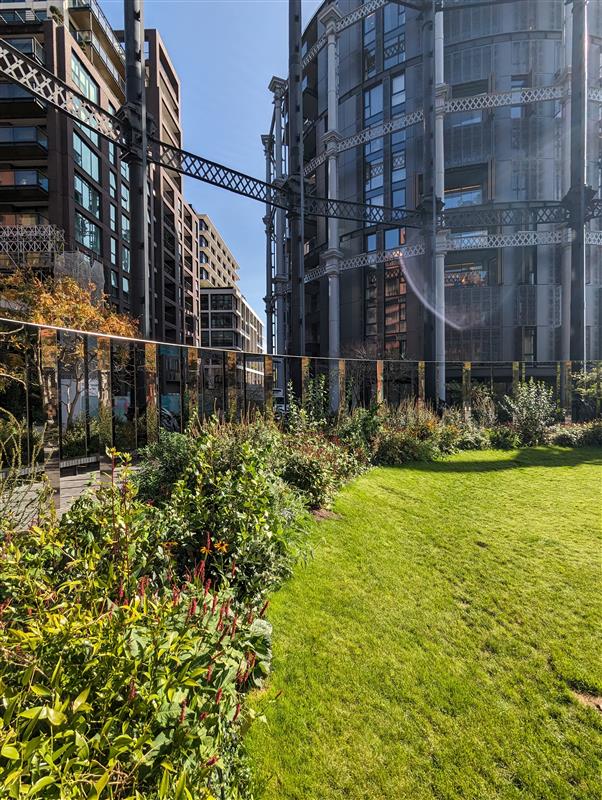
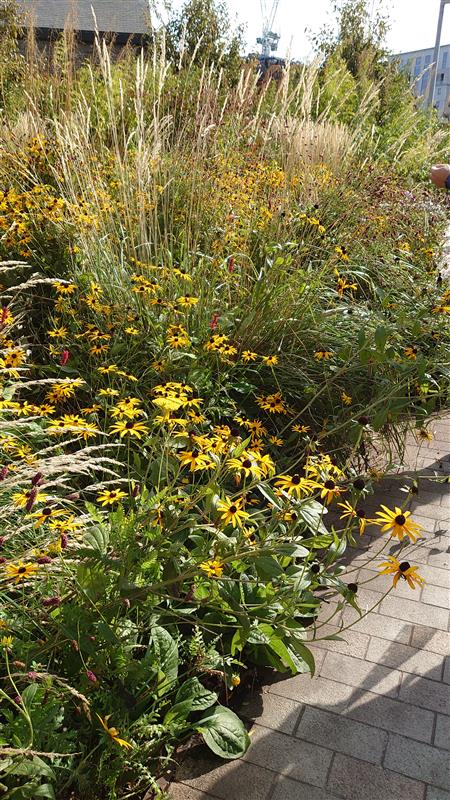
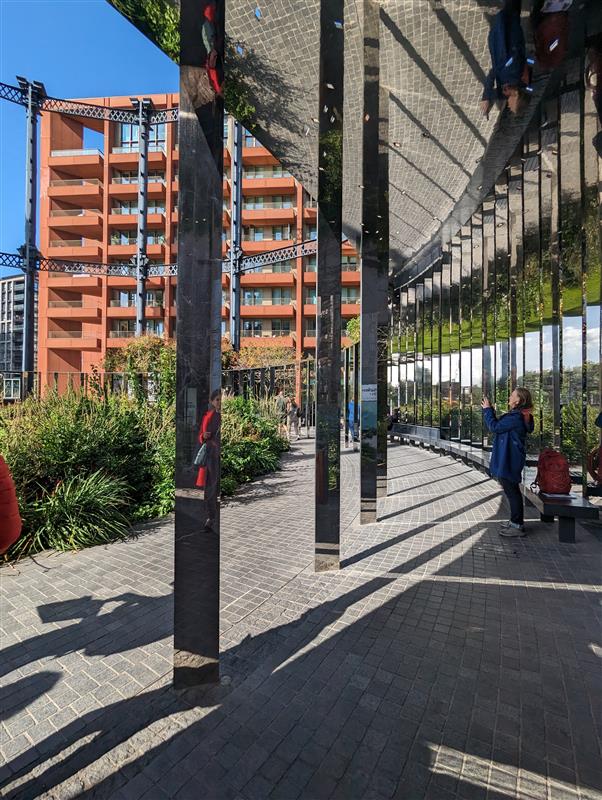
We began day two on the South side of the Thames at Potters Fields Park – a project which our own Debbie Harrison had been apart of the design team during her time at Gross Max. The project’ which included a planting design by Piet Oudolf, gave Debbie the opportunity to talk about the procurement of the design from concept to completion. Debbie spoke about the importance of storytelling and context when designing a landscape; the history of the English Delftware pottery trade and the proximity to the Thames which was essential in the delivery of clay brought to London by ships from across the world. The Laser- cut leaf patterned screen inspired by the design of English Delftware provided a nod to the site’s contextually rich past use.
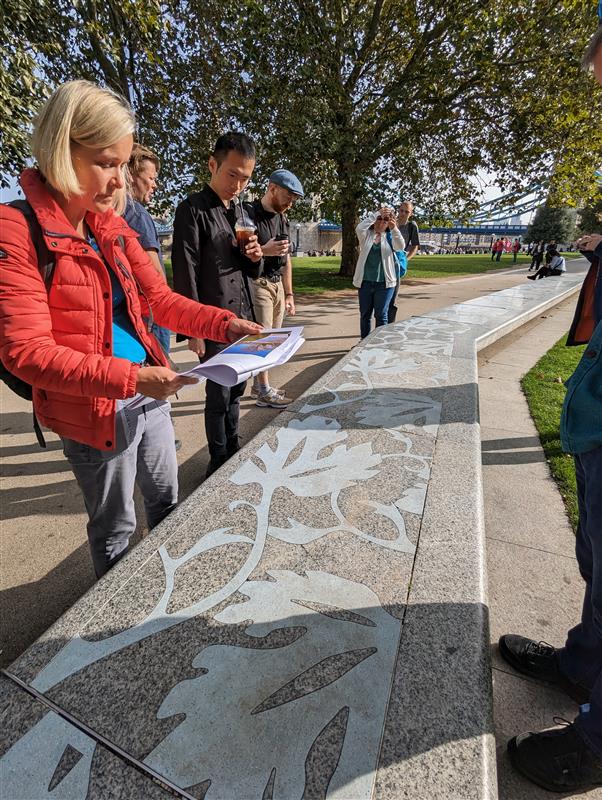
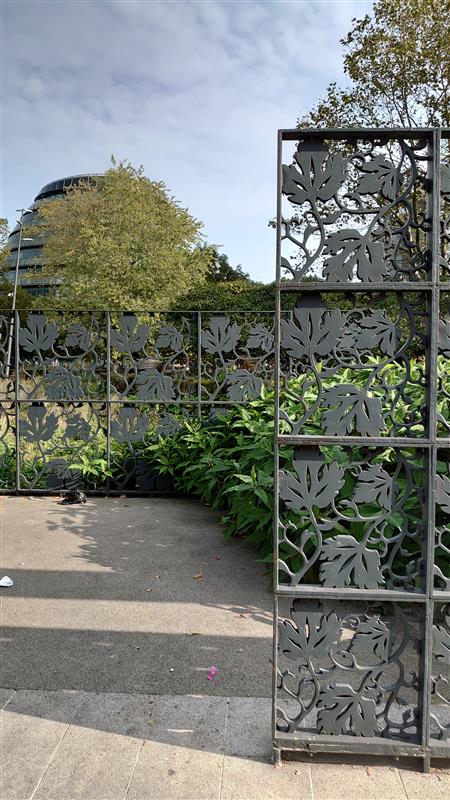
We continued walking along the Thames, taking in the sights and stopping by the Tate Modern and Jubilee gardens along the way. We made our way on the tube to check out the redevelopment of Battersea Power Station. Monumental in scale, the recently completed £10 billion restoration of the power station saw the establishment of a new community of flats and accommodation within its 42 – acre site – prompting the demand for its own tube station! The former power station, which has now been converted into a shopping centre, included the commission of LDA to design the landscape. The quality of planting design, including a mix of tall grasses, herbaceous planting and shrubs stood out to the team, showing how quality planting design can successfully soften architecture of such monumental scale. The day ended with a stop at Elephant Park, a highlight among the team. The mixed-use development so far costing £1.5 Billion will create 3000 new homes and an array of community green spaces and parks. The landscape design which is very carefully considered, combining play with practical outdoor living spaces, formality with informality, has the potential to change the lives of those living in the surrounding communities.
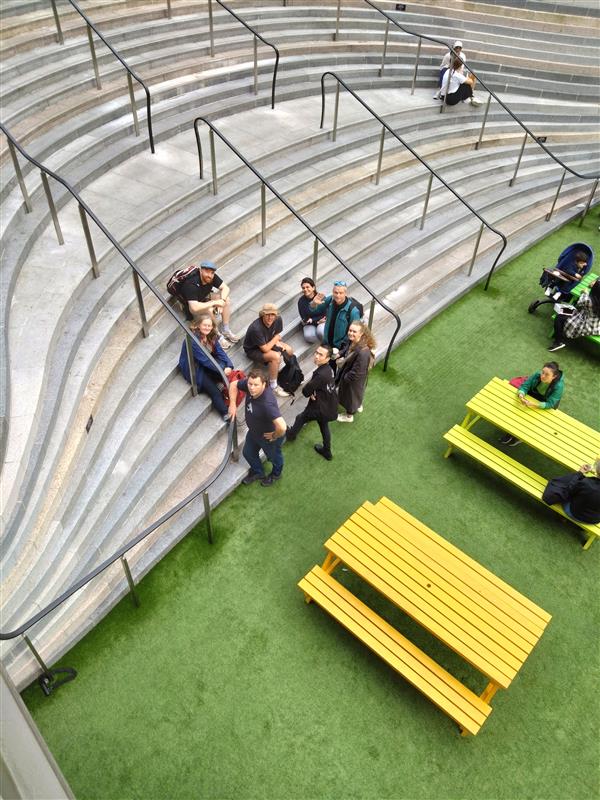
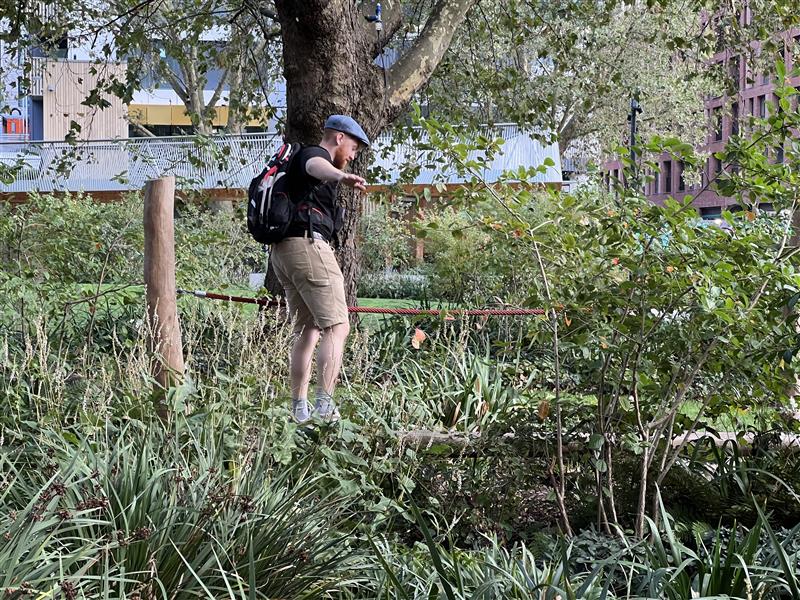
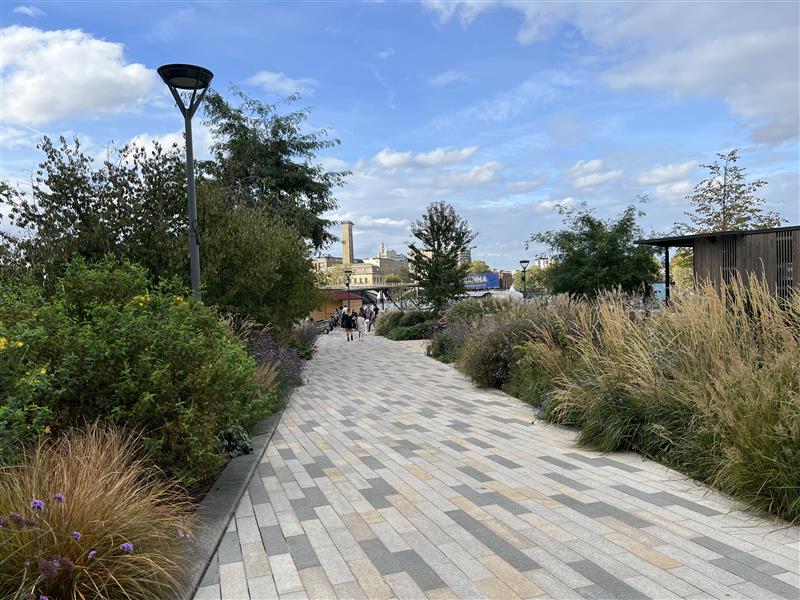
The final day of the tour began with a visit to the iconic Queen Elizabeth Olympic Park where we traversed the impressive landscape and earthworks by bicycle. The vision for the landscape regeneration was revolutionary in the process of ‘cleansing’ 100,000 tonnes of contaminated soil in two bespoke ‘soil hospitals’ before it was reintroduced to the landscape. This allowed the establishment of rich planting communities within the scheme. The highly technological innovation of the Olympic Park was contrasted against the simple but effective Dalston Eastern Curve Garden which provided a relaxed conclusion to our study tour. The garden, which includes fruits, vegetables, pizza ovens, and picnic benches, is a heartwarming example of how even with a smaller budget, the strength of determination is often all that is needed to energise a community and transform a community space




